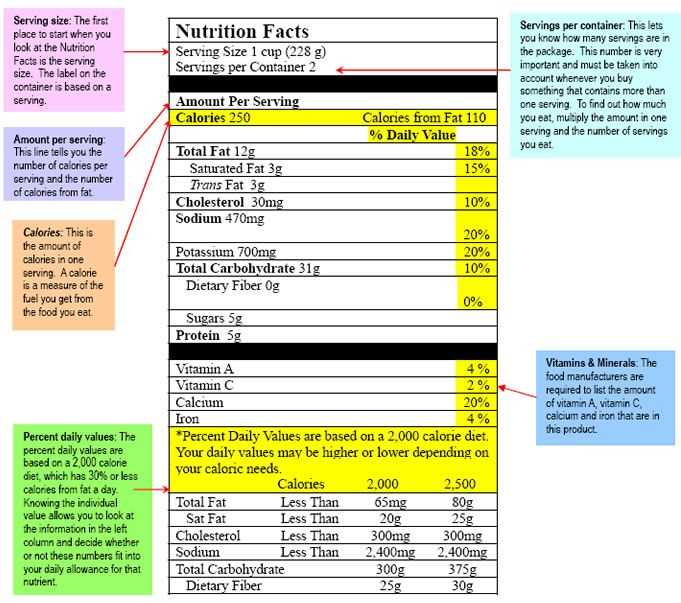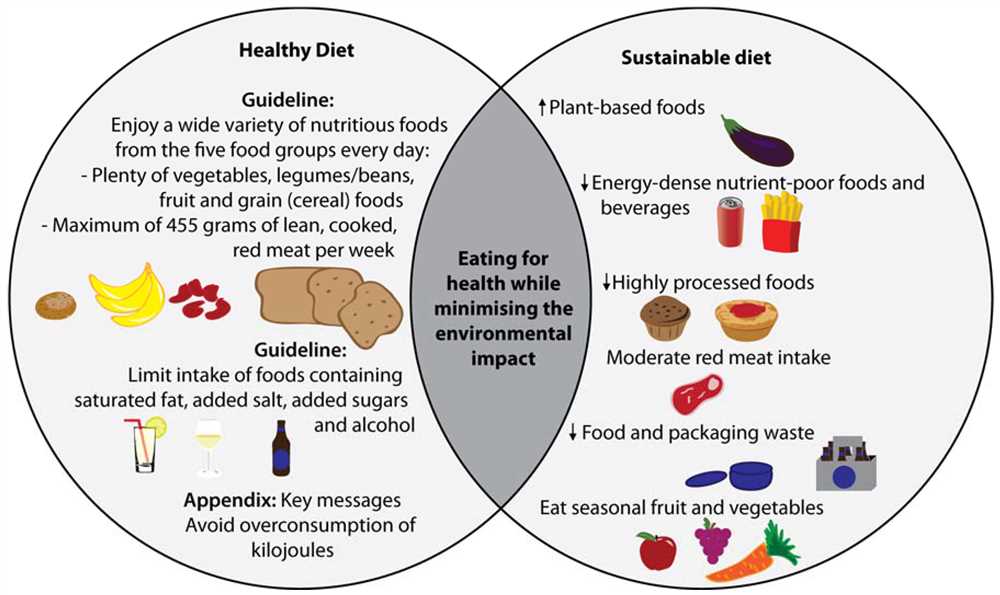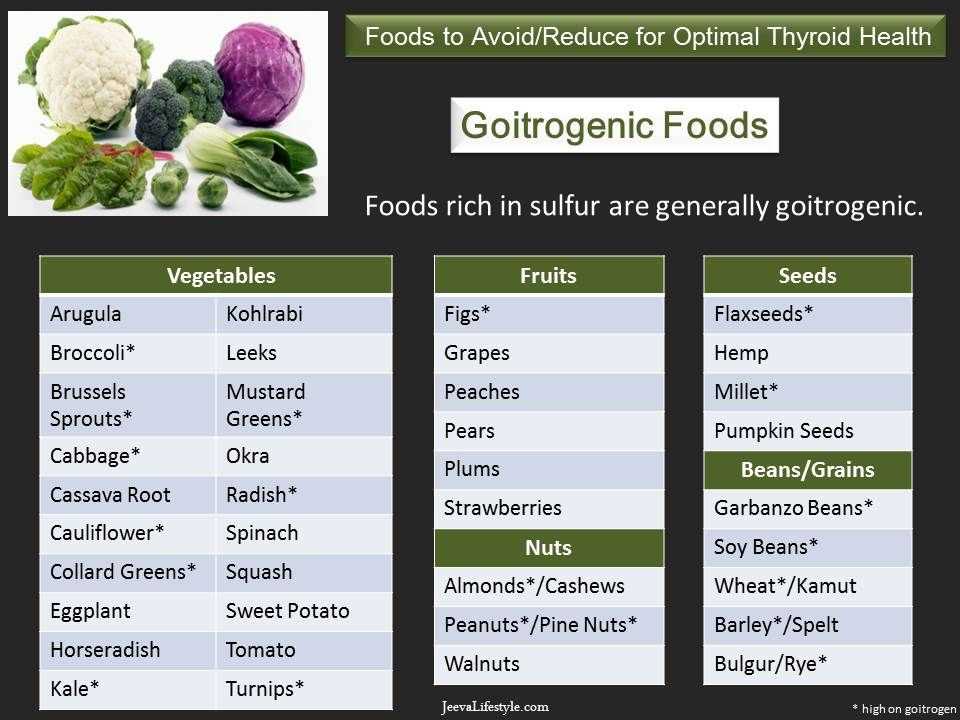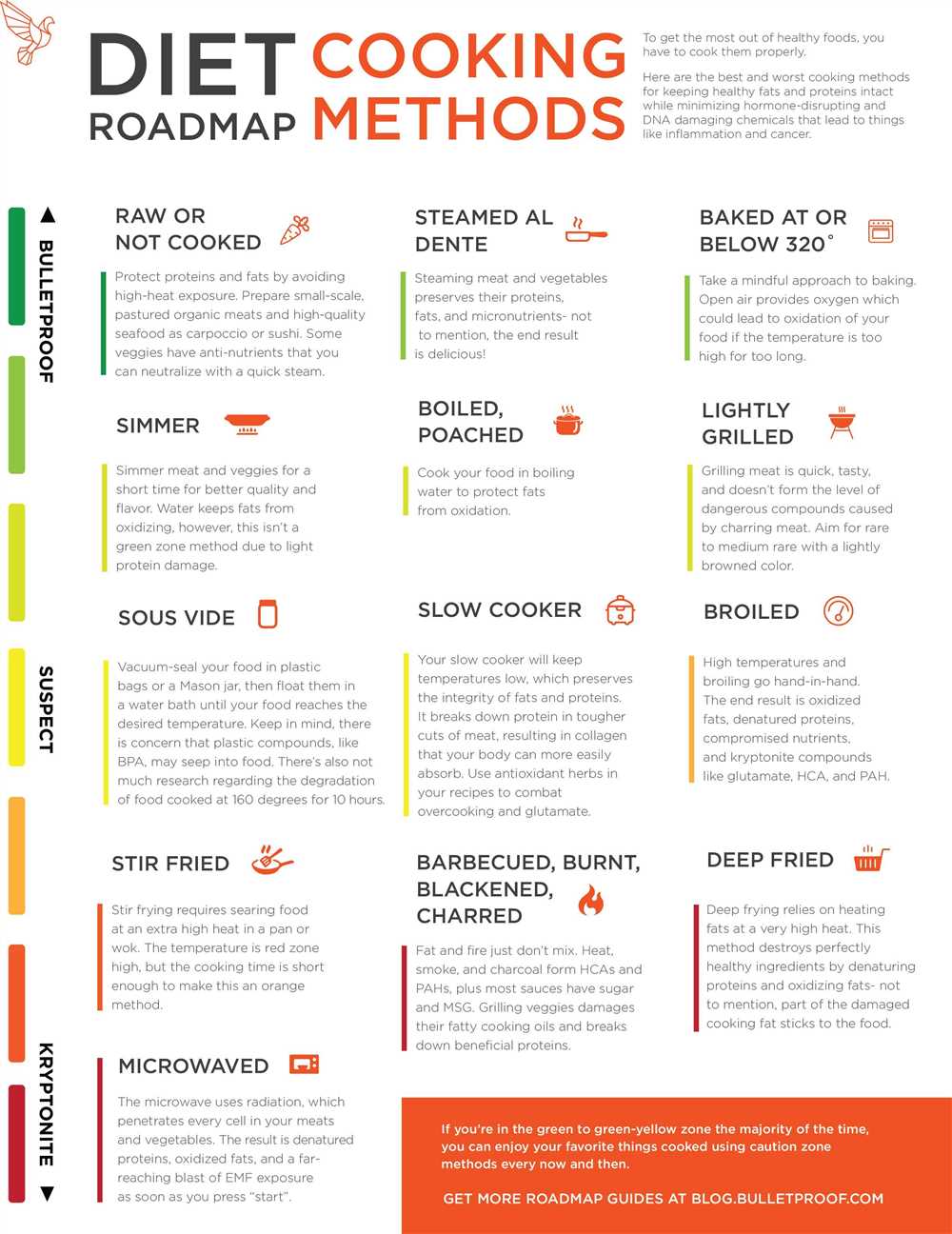
When it comes to maintaining a healthy diet, it is important to know which foods contain the nutrients your body needs. By understanding the nutrient content of different foods, you can make more informed choices about what you eat.
One important nutrient to consider is protein, as it is essential for building and repairing tissues in the body. Foods that are high in protein include lean meats, such as chicken and turkey, fish, eggs, and legumes like beans and lentils. These sources of protein can help you meet your daily protein needs and support muscle growth and repair.
Vitamins and minerals are also crucial for maintaining overall health. Fruits and vegetables are excellent sources of a wide range of vitamins and minerals. For example, oranges are high in vitamin C, which supports the immune system, while spinach is packed with iron, which is important for red blood cell production. Including a variety of fruits and vegetables in your diet can help ensure you are getting a wide range of essential nutrients.
Foods high in carbohydrates can provide the body with energy. Whole grains, such as brown rice, oatmeal, and whole wheat bread, are complex carbohydrates that release energy slowly and help keep you feeling fuller for longer. Fruits, vegetables, and legumes are also good sources of carbohydrates. It is important to choose complex carbohydrates over simple carbohydrates, such as sugary snacks and sodas, as they can cause a spike in blood sugar levels and lead to energy crashes.
Fats are often demonized, but they are essential for a healthy diet. Healthy fats, such as those found in avocados, nuts, and olive oil, can actually have numerous health benefits. These fats can help support brain function, absorb certain vitamins, and protect organs. However, it is important to consume fats in moderation, as they are high in calories. Remember to choose healthy sources of fats and limit your intake of saturated and trans fats found in fried foods and processed snacks.
High Protein Foods
Protein is an essential nutrient for the human body. It plays a crucial role in building and repairing tissues, supporting immune function, and producing enzymes and hormones. Including high protein foods in your diet can help meet your body’s protein needs and promote overall health and wellbeing.
Here are some examples of high protein foods:
- Chicken breast: A 3.5-ounce serving of chicken breast provides about 31 grams of protein. It is low in fat and a good source of lean protein.
- Salmon: This fatty fish is not only rich in omega-3 fatty acids but also a great source of protein. A 3.5-ounce serving of salmon contains approximately 22 grams of protein.
- Eggs: Eggs are an inexpensive and versatile source of high-quality protein. Each large egg contains about 6 grams of protein.
- Greek yogurt: Greek yogurt is a popular choice among those seeking high protein foods. A cup of Greek yogurt can provide around 20 grams of protein.
- Tofu: Tofu is a plant-based protein source commonly used in vegetarian and vegan diets. A half-cup serving of tofu contains about 10 grams of protein.
- Quinoa: Quinoa is a nutritious grain that is also a complete protein, meaning it contains all nine essential amino acids. One cup of cooked quinoa provides approximately 8 grams of protein.
These are just a few examples of high protein foods. Including a variety of protein sources in your diet can help ensure you are meeting your protein requirements and enjoying a balanced and nutritious eating plan.
Foods with Essential Vitamins and Minerals
Eating a balanced diet that includes a variety of foods is crucial for obtaining essential vitamins and minerals. These nutrients play a key role in maintaining our overall health and well-being. Let’s explore some common foods that are rich in these essential nutrients.
Spinach: Spinach is a nutrient powerhouse, packed with vitamins A, C, and K, as well as minerals like iron and magnesium. This leafy green is not only delicious but also provides important antioxidants that support immune function and promote healthy skin.
Salmon: Salmon is an excellent source of omega-3 fatty acids, which are essential for brain health and can help reduce inflammation in the body. Additionally, this fatty fish is rich in vitamin D and B vitamins, which are important for energy production and maintaining strong bones.
- Yogurt: Yogurt is a great source of calcium, which is vital for strong bones and teeth. It also contains probiotics, which support a healthy gut microbiome and aid in digestion.
- Kale: Like spinach, kale is another leafy green that is packed with vitamins A, C, and K. It also provides important minerals like calcium and potassium. Incorporating kale into your diet can help boost your immune system and support heart health.
- Oranges: Oranges are known for their high vitamin C content, which is essential for a healthy immune system. They are also a good source of fiber and other important nutrients like folate and potassium.
These are just a few examples of foods that are rich in essential vitamins and minerals. Incorporating a variety of nutrient-dense foods into your diet will help ensure that you’re getting all the necessary nutrients to support optimal health.
Foods Rich in Antioxidants

Antioxidants are compounds that help protect our cells from damage caused by harmful molecules called free radicals. Free radicals can cause oxidative stress, which has been linked to chronic diseases such as cancer, heart disease, and Alzheimer’s disease. Including antioxidant-rich foods in our diet can help reduce the risk of these diseases and promote overall health.
One of the best sources of antioxidants is berries. Berries like blueberries, strawberries, and raspberries are packed with antioxidants such as anthocyanins and vitamin C. These antioxidants help neutralize free radicals and reduce inflammation in the body. Other fruits like oranges, kiwis, and grapes are also high in antioxidants and can provide a wide range of health benefits.
Dark leafy greens such as spinach, kale, and Swiss chard are also excellent sources of antioxidants. These greens contain carotenoids like lutein and zeaxanthin, as well as vitamins A, C, and E. These antioxidants support eye health, protect against cancer, and improve immune function.
In addition to fruits and vegetables, nuts and seeds are rich in antioxidants. Walnuts, almonds, and flaxseeds contain a high amount of antioxidants, including vitamin E and polyphenols. These antioxidants help reduce inflammation and protect against heart disease.
Adding antioxidant-rich foods to our diet is important for maintaining good health and preventing chronic diseases. Including a variety of colorful fruits, vegetables, nuts, and seeds in our daily meals will ensure that we are getting a wide range of antioxidants and other beneficial nutrients.
Foods with Omega-3 Fatty Acids
Omega-3 fatty acids are essential fats that play a vital role in brain function, heart health, and overall well-being. They are considered essential because the human body cannot produce them on its own and must obtain them from dietary sources. Luckily, there are several foods that are rich in omega-3 fatty acids.
Fatty fish: Fatty fish are among the best sources of omega-3 fatty acids. Examples of fatty fish include salmon, mackerel, sardines, and trout. These fishes are not only packed with omega-3s but also provide high-quality protein, vitamins, and minerals. Consuming fatty fish regularly can help reduce the risk of heart disease and promote brain health.
Chia seeds: Chia seeds are tiny black seeds that are incredibly nutritious. They are an excellent plant-based source of omega-3 fatty acids, providing both the alpha-linolenic acid (ALA) and the long-chain omega-3s, eicosapentaenoic acid (EPA), and docosahexaenoic acid (DHA). Chia seeds can be easily incorporated into your diet by sprinkling them on top of smoothies, yogurt, or salads.
Walnuts: Walnuts are another great source of omega-3 fatty acids. They are also rich in antioxidants, vitamins, and minerals. Just a handful of walnuts can provide a good amount of omega-3s, making them a convenient and healthy snack option. You can also add walnuts to your baked goods, oatmeal, or homemade trail mix.
Flaxseeds: Flaxseeds are small brown or golden seeds that are rich in omega-3 fatty acids, particularly ALA. They are also a great source of dietary fiber, lignans, and protein. To get the maximum nutritional benefit, it is best to consume ground flaxseeds rather than whole. You can add ground flaxseeds to smoothies, baked goods, or sprinkle them on top of cereal.
- Sardines: Sardines are a small, oily fish that are packed with omega-3 fatty acids. They are also a good source of vitamin D, calcium, and protein. Enjoying sardines on top of whole-grain crackers or incorporating them into salads can be a tasty way to boost your omega-3 intake.
- Salmon: Salmon is one of the most well-known and widely consumed fatty fish. It is not only delicious but also an excellent source of omega-3s. Grilled, baked, or smoked, salmon makes a versatile and nutritious addition to any meal.
Adding these foods rich in omega-3 fatty acids to your diet can have numerous health benefits. Whether you choose fatty fish, chia seeds, walnuts, flaxseeds, or any other omega-3-rich food, incorporating them into your meals can help support a healthy brain, heart, and overall well-being.
Low Glycemic Index Foods
The glycemic index (GI) is a measure of how quickly a food raises blood sugar levels. Foods with a low glycemic index are those that cause a slow and gradual rise in blood sugar levels, providing sustained energy and promoting stable blood sugar control. These foods are beneficial for individuals with diabetes, as well as for those who want to maintain a healthy weight.
Below are some examples of low glycemic index foods:
- Legumes: Lentils, chickpeas, and black beans are rich in fiber and have a low glycemic index. They help regulate blood sugar levels and provide a steady release of energy.
- Non-starchy vegetables: Foods like broccoli, spinach, cucumbers, and bell peppers have a minimal impact on blood sugar levels. They are packed with vitamins, minerals, and fiber, making them an excellent choice for a low glycemic diet.
- Nuts and seeds: Almonds, walnuts, chia seeds, and flaxseeds have a low glycemic index and are a good source of healthy fats. They provide sustained energy and promote feelings of fullness.
- Whole grains: Examples include quinoa, brown rice, and whole wheat bread, which contain complex carbohydrates and fiber. These foods digest slowly, preventing spikes in blood sugar levels.
- Fruits: Berries, cherries, apples, and grapefruits have a lower glycemic index compared to other fruits. They are packed with antioxidants, vitamins, and fiber.
It is important to note that the glycemic index can vary depending on how a food is prepared and consumed. For example, cooking pasta al dente or consuming it cold can lower its glycemic index. Additionally, combining low glycemic index foods with protein and healthy fats can further slow down the digestion and absorption of carbohydrates, resulting in a lower glycemic response.
When planning meals, incorporating low glycemic index foods can help promote stable blood sugar levels, improve overall glycemic control, and contribute to long-term health and wellness.
Iron-Rich Foods

Iron is an essential mineral that plays a vital role in many bodily functions, including the production of red blood cells and the transportation of oxygen throughout the body. To ensure adequate iron intake, it is important to include iron-rich foods in your diet. Here are some foods that are known to be high in iron:
- Red meat: Beef, pork, and lamb are excellent sources of iron. Choose lean cuts to reduce saturated fat intake.
- Poultry: Chicken and turkey are also good sources of iron. Removing the skin and choosing white meat can help reduce fat intake.
- Seafood: Some seafood, such as oysters, clams, and mussels, are high in iron. Fish, like tuna and salmon, are also good options.
- Legumes: Beans, lentils, and chickpeas are plant-based sources of iron. They are also high in fiber, making them a healthy choice.
- Spinach: Leafy greens like spinach are packed with iron. They can be consumed raw in salads or cooked in various dishes.
- Fortified cereals: Many breakfast cereals are fortified with iron. Check the nutrition label to ensure they contain a significant amount of iron.
- Nuts and seeds: Almonds, cashews, and pumpkin seeds are examples of nuts and seeds that are rich in iron. They can be eaten as a snack or added to meals.
It is important to note that the body’s ability to absorb iron from plant-based sources is enhanced when consumed with foods rich in vitamin C, such as citrus fruits, tomatoes, and bell peppers. On the other hand, certain substances, like tannins found in tea and coffee, can inhibit iron absorption. To optimize iron absorption, it is recommended to consume iron-rich foods along with vitamin C-rich foods and to avoid consuming tea or coffee with meals.
Calcium-Rich Foods

Calcium is an essential mineral that plays a crucial role in maintaining strong bones and teeth, as well as supporting proper muscle and nerve function. Including calcium-rich foods in your diet is important for overall health and preventing conditions like osteoporosis.
Here are some foods that are excellent sources of calcium:
- Milk and Dairy Products: Milk, cheese, and yogurt are well-known sources of calcium. A cup of milk contains around 300 milligrams of calcium, while an ounce of cheese can provide approximately 200 milligrams.
- Leafy Greens: Vegetables like kale, spinach, and collard greens are rich in calcium. One cup of cooked kale has around 180 milligrams of calcium, making it a great choice for vegans or those who are lactose intolerant.
- Tofu: Tofu, made from soybeans, is often fortified with calcium. It is an excellent option for vegetarians and vegans. Half a cup of tofu can provide approximately 200-400 milligrams of calcium, depending on the brand.
- Sardines: Sardines are not only a good source of omega-3 fatty acids but also contain calcium in their edible bones. A 3.75-ounce serving can provide around 300-500 milligrams of calcium.
- Almonds: Almonds are a nutrient-dense snack and are also a good source of calcium. About 22 almonds can provide around 70-80 milligrams of calcium.
While these foods are rich in calcium, it’s important to note that calcium absorption can be influenced by other factors such as vitamin D levels and the presence of certain medications. It’s always a good idea to consult with a healthcare professional to ensure you are meeting your calcium needs.